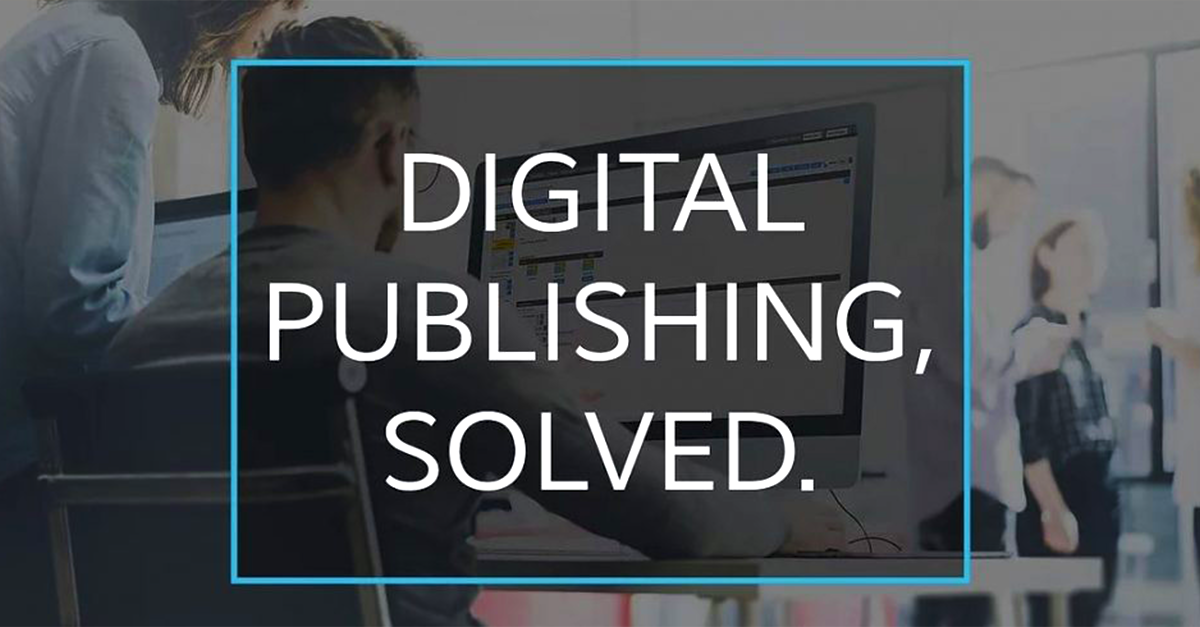In a recent article for the International Society for Technology in Education (ISTE), Dale Basye raised an important question: are the terms personalized learning, differentiated learning and individualized learning meaningfully different? Are they interchangeable, or are they distinctive terms, describing alternate approaches to education?
The answer, argues Basye, is that the terms are very different, and the difference is important. The unique interests and needs of students require diverse approaches to teaching and learning; and crucially, only by using a consistent vocabulary for these approaches can educators share best practice and deploy the right tools to create what Basye describes as “profoundly dynamic educational experiences”. So, what do these terms mean, and how do the three approaches differ?
Differentiated learning: who is the learner, and what do they need?
Even where there are overarching learning goals, teachers may still vary their instruction to meet the individual needs and preferences of students, or a group of similar students. This differentiation might involve varying the learning path, product, process, content or even subject matter in order to address the specific learning profile of students. This is not about writing a different lesson plan for each student, but it is about adapting the curriculum, varying the level of challenge, and altering the path to learning. This flexibility makes the learning experience more relevant, engaging and effective.
Individualized learning: at what pace does the learner learn?
As well as varying how a student learns, teachers may govern when they learn, by changing the pace of progress through the curriculum. The benefits of this individualized learning are many: students may spend more time on a challenging topic, move quickly past one they have mastered, or dive deeply into a topic they want to explore in more detail. All this helps the teachers to achieve the prescribed academic goals, without losing anything – or anyone – along the way.
Personalized learning: how might the learner learn for themselves?
Basye describes personalized learning as the “whole enchilada”: neither differentiated nor individualized, but both. It is instruction that is varied to meet the specific learning needs of students, and paced according to their readiness and interest. But it’s more than that. In true personalized learning, the student plays a part in their own instruction, choosing activities, resources or learning paths that best suit their interests and abilities. This is true learner-centred education, and so for teachers, it represents a stark departure from tradition, placing them in the role of guide or facilitator, rather than instructor. Given the unique demands of each student engaged in personalized learning, educational technology would appear to have a particularly important role to play. So that, in a nutshell, is the meaning of the terms, and the differences between them. In the conclusion of his article, Basye remarks that educational technology, when employed properly, has a role to play in all of these forms of instruction. We agree with him, so what exactly are we doing about it?
Measurement and response: the promise of technology
Essentially, each of these approaches involves managing individuality, which in technology terms, means managing vast amounts of constantly changing data. This is just what computers are made for. Digital learning resources, and the paths through them, can be altered by teachers to deliver the differentiated and individualized learning experiences we have discussed. There is much that can be measured and captured by computers in the learning process, such as scores, behaviours, interests, error types, speed and so on, and these advances have been exploited with some success by adaptive learning technologies to meet the demands of personalized learning. But does this really mean that out-of-the-box technology can address fully all of these learning approaches?
A collaboration between educators, students and technology
At Avallain, we recognize that the picture is more complex. Our technologies have all of the capabilities we have described, but we are aware that real digital learning requires a successful collaboration between educators, students and technology. A technology designed to deliver differentiated learning, but that places too much pressure upon teachers, or fails to address their specific concerns, will not work. Neither will a solution that promises true personalized learning, but that makes too many assumptions about the self-motivation or tech-savvy of the particular students, or that does not call enough upon the guidance of their teachers.
Solutions with uniqueness in mind
Avallain has always focused on devising very specific solutions for very specific audiences. Avallain Unity and Avallain Author are among the most flexible in the industry, because we build our platforms with the uniqueness of learning experiences in mind. Primary learners in Mexico, Academics in Oxford and German-learning immigrants learn with Avallain solutions, all using custom interfaces and guidance based on the same solid technology. Across the world, our technology is being used to deliver the full range of differentiated, individualized and personalized learning in a way that is meaningful and manageable for specific groups of teachers and students.
Basye finishes his piece with his comment that a common vocabulary will help educators to harness the tools they need to deliver “profoundly dynamic educational experiences”. We agree, and we believe that the best educational technology results from a creative dialogue between providers and educators, based on that common vocabulary, but also the specific need.
That is the Avallain approach, and that is how we build our technology.


